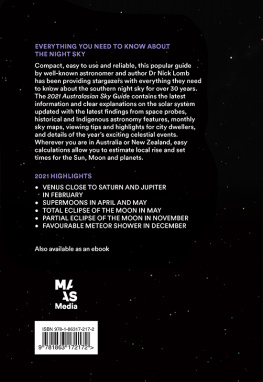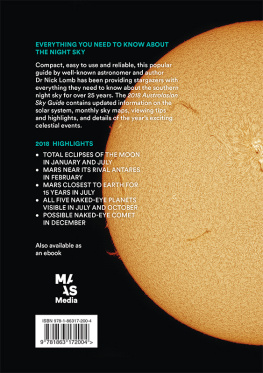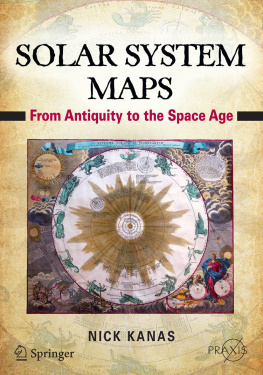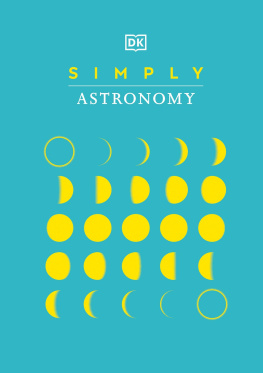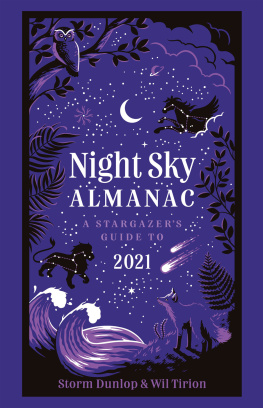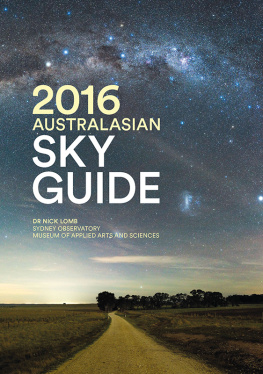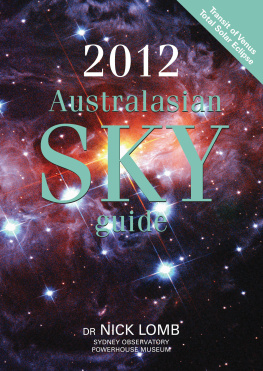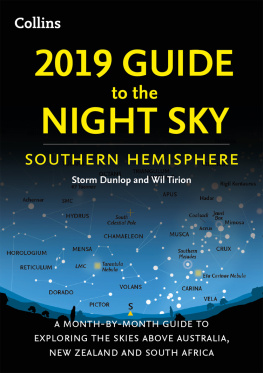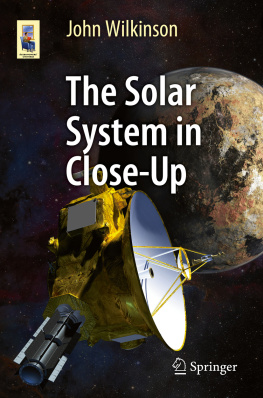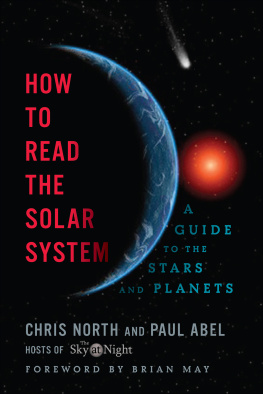
The Museum of Applied Arts and Sciences acknowledges Australias First Nations Peoples as the Traditional Owners and Custodians of the land and gives respect to the Elders past and present and through them to all Aboriginal and Torres Strait Islander peoples.
Published annually since 1991 by Museum of Applied Arts and Sciences Media (formerly Powerhouse Publishing)
Museum of Applied Arts and Sciences 500 Harris Street, Ultimo NSW 2007 maas.museum/store
PUBLICATION MANAGER
Judith Matheson
EDITOR Melita Rogowsky
DESKTOP PUBLISHING Anne Slam
DIAGRAMS AND ILLUSTRATIONS
Andy Chong/Picture This
COVER DESIGN i2i Design
PRINTING Ligare
ISBN 978 1 86317 217 2
ISSN 22011765
Publication 2020 Museum of Applied Arts and Sciences.

The Museum of Applied Arts and Sciences is an executive agency of the NSW Government.
This book is copyright. Apart from fair dealing for the purposes of study, research, criticism or review, or as otherwise permitted under the Copyright Act, no part of this publication may be reproduced by any process without written permission. Inquiries should be made to the publisher.
The author wishes to acknowledge the assistance and contributions made by staff at Sydney Observatory. The original monthly sky maps were prepared by Rod Somerville using the program Skymap.
All material is supplied in good faith and is believed to be correct. It is supplied on the condition that no warranty is given in relation thereto and no responsibility or liability for error or omission is, or will be, accepted.
At the time of publication, Daylight Saving Time ends in NSW, ACT, Victoria, South Australia, Tasmania and New Zealand at 3:00 am on Sunday 4 April 2021, when clocks should be turned back to 2:00 am. Daylight Saving Time begins again at 2:00 am on Sunday 26 September 2021 in New Zealand and at 2:00 am on Sunday 3 October 2021 in the relevant Australian states ( for more details). The information in this publication has been adjusted for summer time using the above times and dates.
The tide predictions for Sydney (Fort Denison) have been formatted by Museum of Applied Arts and Sciences Media from material supplied by the Bureau of Meteorology. The Bureau of Meteorology gives no warranty of any kind whether express, implied, statutory or otherwise in respect to the availability, accuracy, currency, completeness, quality or reliability of the information or that the information will be fit for any particular purpose or will not infringe any third party Intellectual Property rights. The Bureaus liability for any loss, damage, cost or expense resulting from use of, or reliance on, the information is entirely excluded.
CONTENTS
HOW TO USE THIS BOOK
Most of the astronomical information provided in this book is suitable for the whole of Australia and New Zealand. The descriptions of celestial events each month, such as the positions and movements of the planets, apply anywhere in the two countries. For local times of lunar eclipses and phases of the Moon in different time zones, just add or subtract the time difference; eg for New Zealand add two hours and for western Australia subtract two or three (depending on daylight saving in eastern Australia).
Rise and set times
The rise and set times for the Sun, Moon and planets have been calculated for Sydney, but with suitable adjustments they can provide approximate times elsewhere. If you are close to the 34 latitude of Sydney, you can adjust the times for your location: take the difference between Sydneys longitude of 151.2 East and the longitude of your location (you can find this on most maps), multiply by 4 and add the result in minutes. The tide tables apply to Sydney only.
Capital cities
The following corrections are based on longitude differences and allow for daylight saving. For Melbourne, Adelaide, Perth and Auckland the possible errors with these adjustments will only be a few minutes. The errors will be somewhat larger for the other cities.
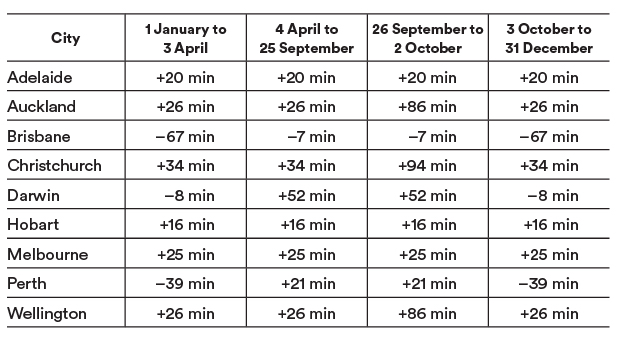
HIGHLIGHTS FOR 2021
67 FEBRUARY Venus close to Saturn. With binoculars in the morning twilight the ringed planet Saturn can be seen close to Venus, the brightest of the planets ().
12 FEBRUARY Venus close to Jupiter. Low in the morning twilight the brightest planet Venus passes the bright planet Jupiter ().
27 APRIL Supermoon. At rising and setting, the full Moon appears slightly larger than usual ().
67 MAY Eta Aquariid meteor shower. With only a waning crescent Moon in the sky there should be a good opportunity to view one of the years best meteor showers ().
13 MAY Daytime occultation of Venus. Only visible from parts of New Zealand, a very thin crescent Moon covers, or occults, Venus ().
26 MAY Total eclipse of the Moon. A slightly larger Moon than usual moves into the Earths shadow and turns red ().
29 MAY Venus close to Mercury. The two innermost planets pass each other low in the evening sky ().
13 JULY Venus close to Mars. Bright Venus passes the red planet in the evening ().
19 NOVEMBER Partial eclipse of the Moon. The Moon rises already partially immersed in the shadow of the Earth ().
4 DECEMBER Partial eclipse of the Sun. Only visible from Hobart and Melbourne, this shallow eclipse takes place in the late afternoon ().
1415 DECEMBER Geminid meteor shower. The waxing gibbous Moon sets in time to allow a good opportunity to view one of the years best meteor showers ().
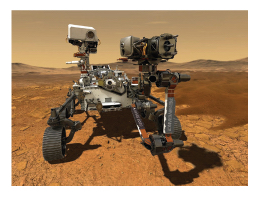
NASA's Perseverance rover will reach Mars and attempt to land at Jezero crater on 18 February. Courtesy NASA/JPL-Caltech
THIS YEARS EVENTS
27 APRIL AND 26 MAY Supermoon. The Moon has an oval, or elliptical, path varying in distance from Earth approximately between 363,000 and 405,000 km. At its closest to Earth it is at perigee; at its furthest it is at apogee. When the full Moon is almost at perigee, it appears a little larger than usual. This has recently become known as a supermoon, though a better name would be full Moon at perigee.
A supermoon is not really an astronomical term as there are several possible definitions. Here we adopt the simple definition of a supermoon as when the full Moon is within 24 hours of perigee.
There are two supermoons in 2021. On the 27 April, full Moon occurs 11 hours 53 minutes before perigee. On the 26 May, perigee occurs 9 hours 21 minutes before full Moon.
Watching a moonrise during a full Moon is always good as, thanks to a psychological effect called the moon illusion, it appears larger near the horizon than higher in the sky.
The table below gives the rise times of the two supermoons in local time in different cities.

Comparison between the full Moon at its closest and its furthest from Earth. Photo/diagram Nick Lomb
Next page
